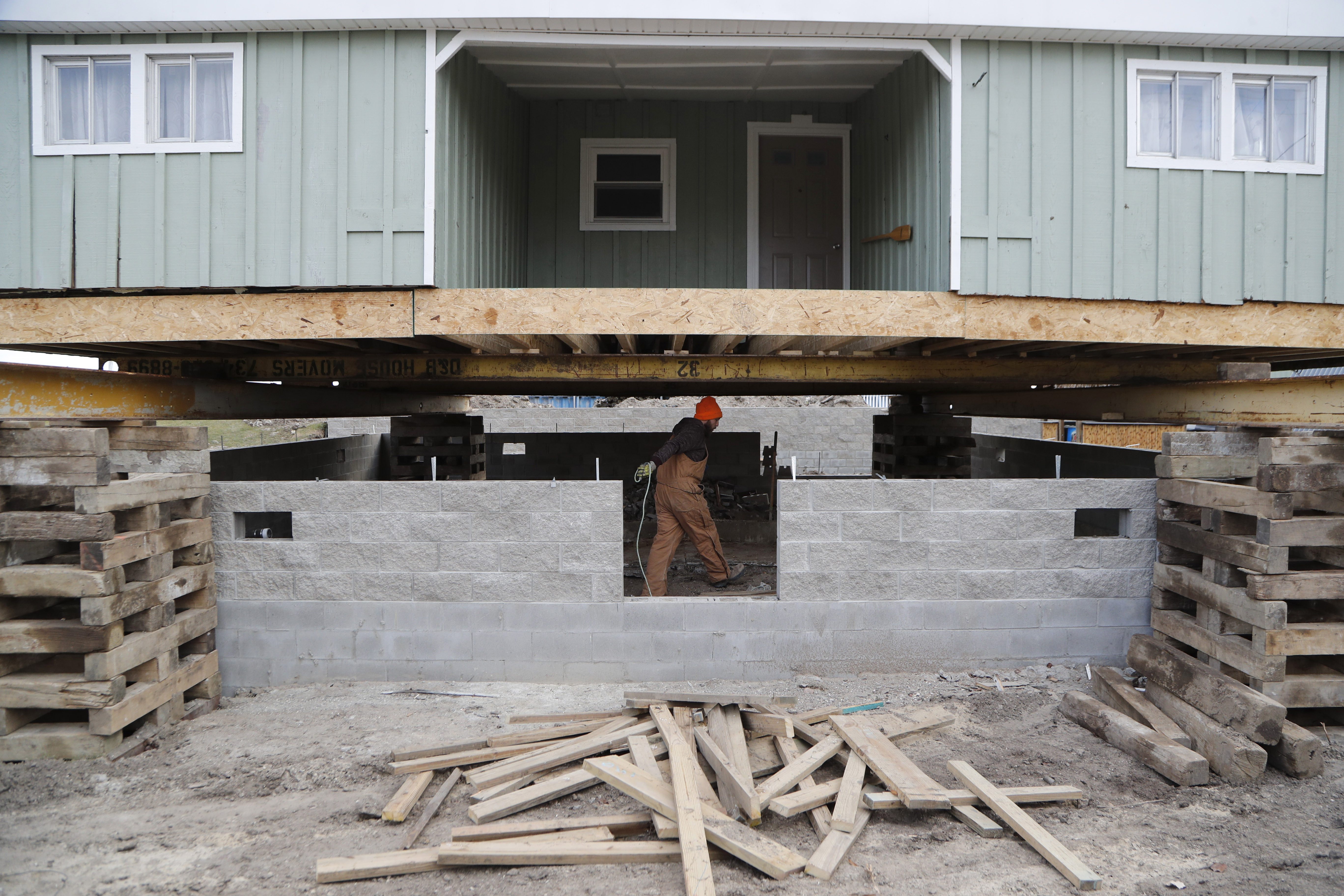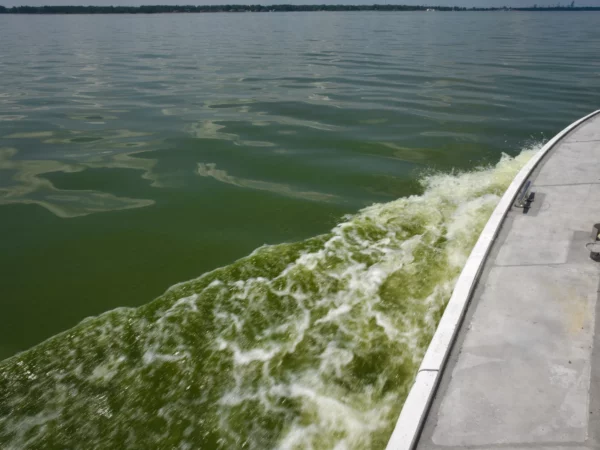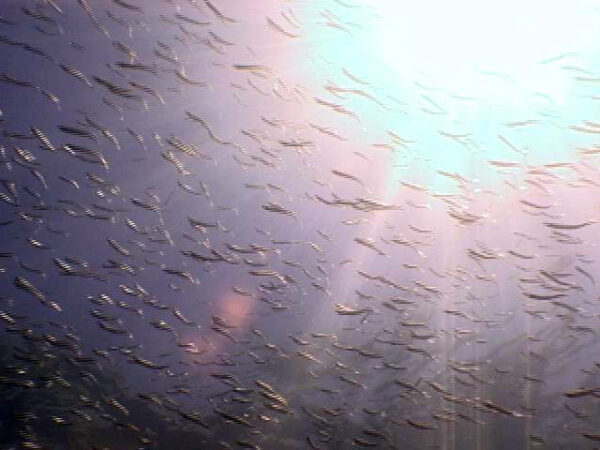
TRAVERSE CITY, Mich. (AP) — Road damage from the overflowing Great Lakes and inland waterways may carry a whopping price tag for Michigan, with initial cost estimates for repairs and upgrades as high as $100 million, officials said Monday.
About 40 locations around the state have been significantly affected by flooding and erosion as the lakes have set record high levels in the past year, said Brad Wieferich, director of the state Department of Transportation’s development bureau. Inland lakes and streams also are full, and the ground is saturated in many places.
Roughly $5 million may be needed for immediate fixes, Wieferich said. But long-term improvements such as repairing slopes — or even rerouting sections of roadways farther away from coasts — will require considerably more.
“These things get expensive in a hurry,” Wieferich said during a news conference following a meeting of officials with five state departments and two federal agencies to coordinate strategy for dealing with the high-water problem.
He described the $100 million figure as a “back-of-the-envelope” estimate based on initial consultation with engineers.
Michigan’s roads are already in notoriously bad shape. Democratic Gov. Gretchen Whitmer and leaders of the Republican-led Legislature are debating how to raise funds for long-sought improvements.
Excess water could make things worse — not just near shorelines, but also in places where the ground is soaked, as the winter freeze and spring thaw create more potholes.
Farmers are suffering as well, said Gary McDowell, director of the Department of Agriculture and Rural Development. Thousands of acres of cropland were not planted last year because it was too wet, he said.
“We can’t absorb any more water. It’s like a sponge,” McDowell said.
The government agencies formed a team that will meet regularly to coordinate their response as spring rains and melting snow send even more water into the lakes and their tributaries, said Liesl Clark, director of the Department of Environment, Great Lakes and Energy.
All five of the Great Lakes are filled to the brim, a sharp turnabout from less than a decade ago, when some were hitting record lows. The rising levels are fueled by the region’s wettest period in more than a century, which scientists say is likely connected to the warming climate.
No relief is in sight, as forecasters expect the lakes to remain high well into 2020 and perhaps longer.
Watch Great Lakes Now’s monthly show segment on high water and shoreline erosion:
API key not valid. Please pass a valid API key.Featured image: In this Wednesday, Jan. 8, 2020, file photo, laborer Logan Farrington works under a house being lifted in Luna Pier, Mich. The project will protect the home from the potential rising lake levels of Lake Erie. High water is wreaking havoc across the Great Lakes, which are bursting at the seams less than a decade after bottoming out. The sharp turnabout is fueled by the region’s wettest period in more than a century that scientists say is likely connected to the warming climate. (AP Photo/Carlos Osorio File)




